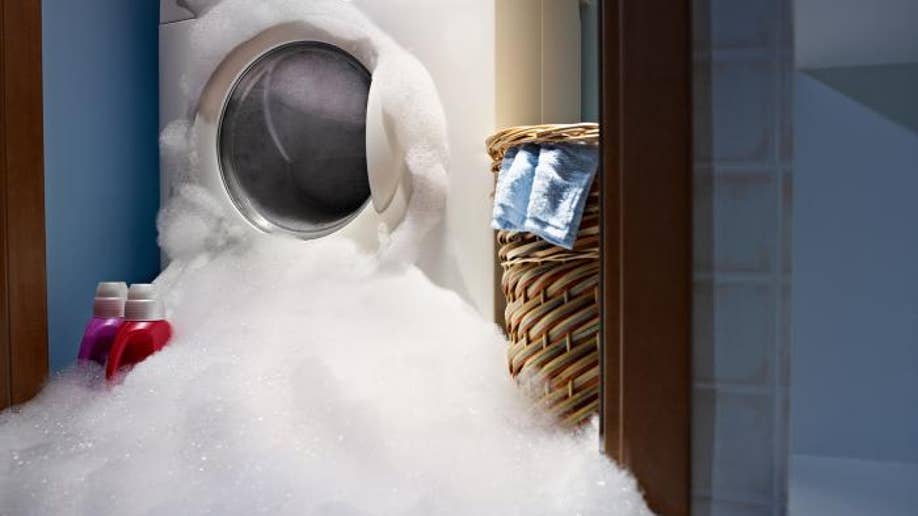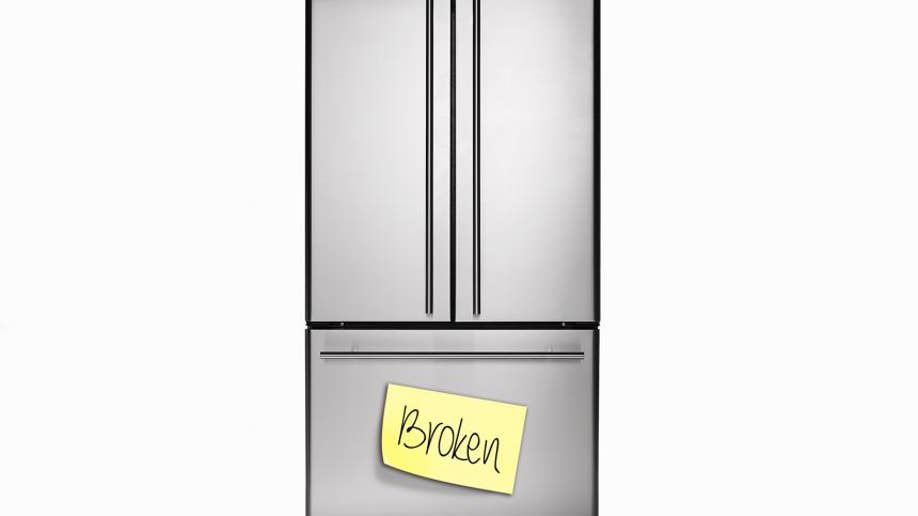When It Comes to Broken Appliances, Should You Repair or Replace?
{{#rendered}} {{/rendered}}

Repair: If appliances are newish and don't tax your wallet with high utility bills. Replace: If the price of new units can be offset by long-term savings. Energy savings alone can justify replacing a refrigerator or dishwasher. Swapping out a refrigerator built before 2001 for a new Energy Star model, for instance, could cut your annual energy usage by 40 percent. And a new dishwasher with the eco-friendly seal will use 41 percent less energy to operate than an unrated unit because it has less water to heat. Next year's models may prove even more efficient; Energy Star will unveil tighter standards for dishwashers on January 1 and is reviewing its refrigerator qualifications. If your appliances are reasonably efficient but look dowdy, consider a DIY makeover. Panel kits from Frigo Design, which come in stainless steel, wood to match your cabinets, and even magnetic chalkboard, start at $399 for the fridge and $99 for the dishwasher. You can trim fridge energy costs yourself by installing a new door gasket (order one from the manufacturer) to give you a tighter seal so that cooled air won't escape. You can also save by cranking up its temperature to a safe 38 degrees F and the freezer to 0 degrees F. READ: The Great TOH Giveaway: $530,324.52 in Amazing Home Prizes
Repair: If you have solid wood window frames and sash. Replace: If metal sashes are heavily corroded or vinyl ones are warped or faded. The wavy glass in your home's old wood-clad windows stole your heart, but air leaks and high fuel prices are bleeding it now. A quarter of home heating costs, and up to 40 percent of cooling costs, literally fly out those windows. Good news is, you can improve the efficiency of your existing windows for a lot less money than putting in new ones. On your side may be old-growth-timber frames, found in most homes built before 1950. The wood is more durable and stable than today's plantation-grown stock. "You can't buy a new window that will last as long," says Dick Fritzer of in West Hartford, Connecticut, whose repairs have given many century-old windows another 100 years. You or your pro can significantly reduce air leakage in a double-hung by repairing sash damage, insulating weight pockets, and adding new weatherstripping. Add a storm window and you can match the efficiency of new double-pane units. READ: 13 Must-Know Appliance-Buying Tips
Repair: If only cosmetic fixes and new insulation are required. Replace: If it's too warped to fit tightly in its frame. A solid-wood exterior door should last as long as the house it hangs in. You can fix most problems yourself, and do so economically, especially when the cost of a new wood door can easily top $1,000. If, for instance, you feel a winter chill when you run a hand around the door's perimeter, your first defense is new weatherstripping. The old stuff gets stiff and cracks with age. For gaps smaller than ¼ inch, a 17-foot roll of closed-cell vinyl foam tape — enough to insulate any size door — will seal air leaks for less than $7. Bigger gaps require a new doorjamb kit and matching sweep for the bottom, and will run you $25. A sagging or ill-fitting door should be rehung first to ensure it's centered correctly in the frame, says Michael Dresdner, a wood restorer in Puyallup, Washington. But if your door is warped or isn't built to endure your climate, get a new one. In areas with extreme temperature fluctuations, for example, a wood door with multiple panels that can expand and contract within their frame will outlast a slab style.
Repair: If refinishing will return lost luster. Replace: If big sections are rotted or if boards are very thin. Hardwood holds up for 100 years or more. Problem is, without regular care, floors get dull and dingy. A screen-and-poly — a surface sanding and fresh coat of polyurethane — is the cheapest (about $1.50 per square foot) and speediest way to revitalize boards, says Don Conner, director of National Wood Flooring Association Certified Professionals Inc. Full-fledged refinishing, which can take days of sanding and multiple coats of stain and polyurethane, is a must if there are deep gouges or dents, or you want to change the color. Expect to pay up to $5 per square foot, depending on the wood type and how dark you stain. Lay new floor if the wood is too ruined for patching or you're down to nails and can't sand anymore.
Repair: If your toilet has a good vintage look and matches your tub and sink. Replace: If it's dated in a "disco days" way or the tank or bowl is cracked. Okay, you've replaced your old tank's worn-out flapper to stop the water from running. You've even pulled the whole thing out to fix a clog after your kid "accidentally" flushed a hairbrush. But you're still squandering water. Toilets made before the 1930s, with their period looks and their satisfying whoosh, can use as much as six gallons per flush. To preserve aging sewage systems and cope with regional water shortages, federal law now requires new toilets to gulp no more than 1.6 gallons. Rather than buy a new low-flow model, save yourself $200 or more by swapping out the mechanisms in your old toilet with the water-conserving ones in a universal repair kit, sold at hardware stores for about $20.
